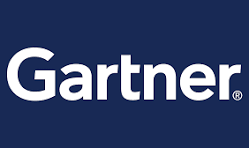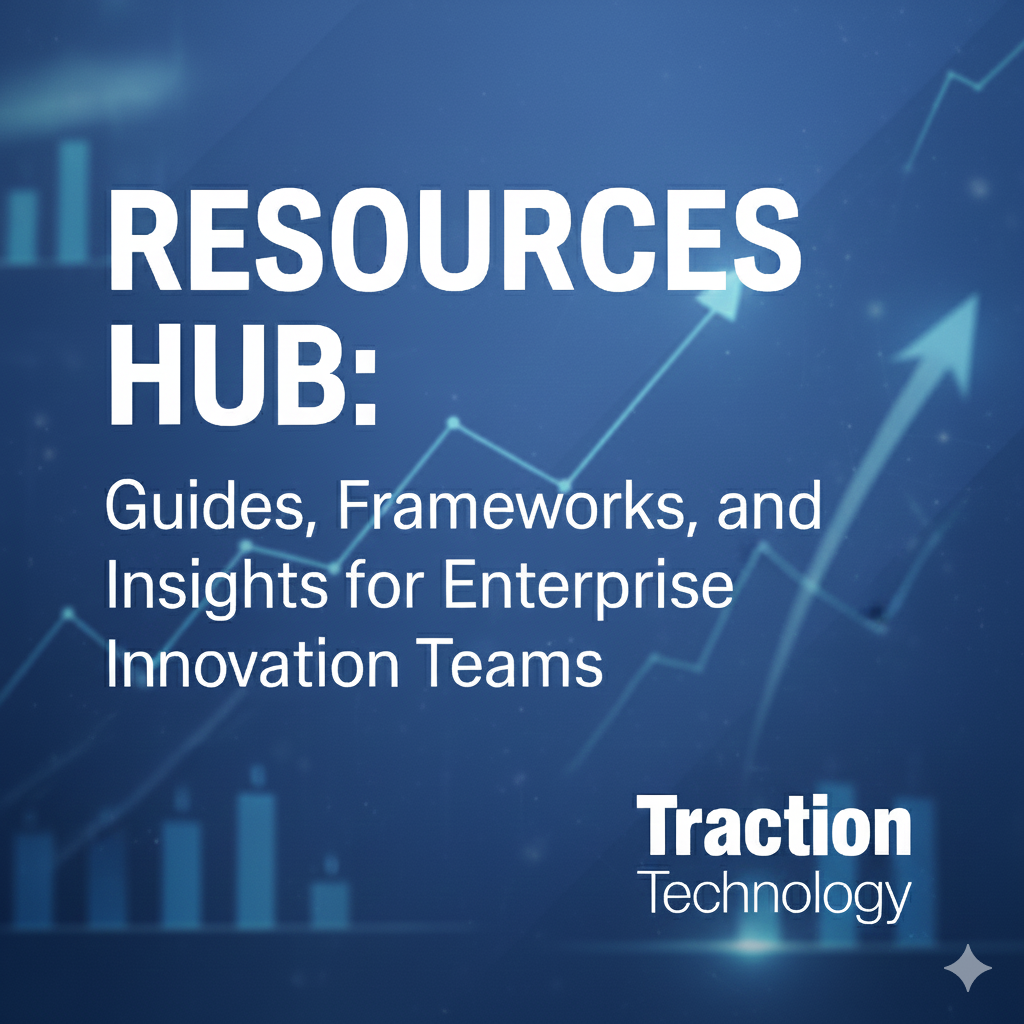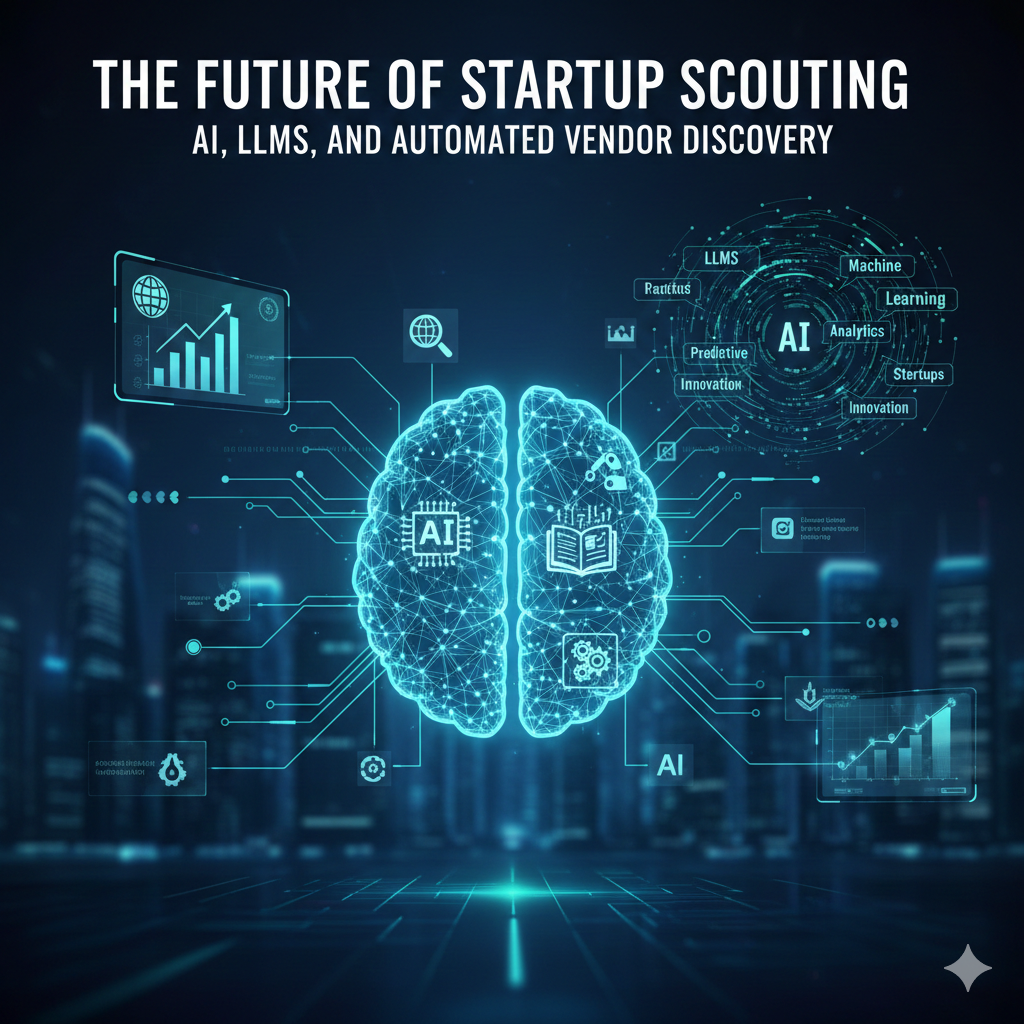25 AI Use Cases for Enterprise Innovation Teams (2026 Edition)
AI and Large Language Models (LLMs) are reshaping how enterprise innovation teams capture ideas, evaluate opportunities, scout technologies, and run pilots. What used to take weeks of manual research and coordination can now be accelerated, automated, or enhanced with AI-driven intelligence.
This report outlines 25 practical AI use cases across the entire innovation lifecycle — from idea intake to scouting, vendor evaluation, pilot execution, and portfolio management. These use cases reflect what leading organizations are already implementing today and what will become standard practice by 2026.
Catagory One: AI-Powered Idea Intake & Management
1. Automated Idea Tagging
AI automatically assigns categories, themes, and business areas to new ideas.
2. Duplicate & Similar Idea Detection
LLMs identify overlapping submissions across teams, reducing noise and improving clarity.
3. Idea Clustering & Theme Identification
Patterns and emerging themes surface quickly, helping teams prioritize strategic focus areas.
4. AI-Assisted Idea Evaluation Inputs
AI highlights risks, benefits, and potential impact to help evaluators score more consistently.
5. AI-Based Routing of Ideas to the Right Stakeholders
Ideas are automatically matched with the right business units or domain experts.
Catagory Two: AI for Technology Scouting & Vendor Discovery
6. Automated Long-List Creation
AI scans global data sources and generates instant long lists of relevant startups and vendors.
7. AI-Generated Vendor Profiles
LLMs summarize capabilities, differentiators, market applications, risks, and maturity.
8. Smart Vendor Matching Based on Business Needs
AI connects ideas or innovation challenges directly to potential partners.
9. Competitive Landscape Mapping
AI creates side-by-side comparisons of vendors and identifies market leaders.
10. Trend & Signal Detection
LLMs identify early patterns in emerging technologies, funding activity, and market sentiment.
Catagory Three: AI for Evaluation, Deep Dives & Pilot Selection
11. Automated RFI/RFP Summaries
AI turns technical materials into digestible insights for decision-makers.
12. Technical & Market Feasibility Summaries
LLMs extract what matters and highlight feasibility challenges.
13. AI Risk Analysis (Funding, Regulation, Product Maturity)
AI flags weak signals and potential vendor red flags.
14. Fit Scoring & Shortlist Recommendations
Vendors are ranked based on business need, readiness, maturity, and alignment.
15. Pilot Scope Recommendations
AI recommends pilot structure, KPIs, success criteria, and timelines.
Catagory Four: AI for Pilot Execution & SRM (Startup Relationship Management)
16. Automated Pilot Progress Summaries
AI compiles notes, meetings, and updates into clear status reports.
17. Pilot KPI Tracking Assistance
AI monitors progress toward KPIs and provides alerts on risks or delays.
18. Stakeholder Briefings & Executive Summaries
LLMs produce auto-generated briefs for leadership meetings.
19. Consolidated Vendor Interaction History
AI helps track and summarize all conversations, documents, and decisions across pilots.
20. Multi-Pilot Pattern Recognition
AI detects trends across multiple pilots — what’s working, what isn’t, and why.
Catagory Five: AI for Innovation Portfolio & Strategic Decision Support
21. Portfolio Impact Assessment
AI evaluates which ideas, vendors, and pilots are delivering the most value.
22. Innovation Gap Analysis
LLMs highlight areas where the organization lacks coverage or emerging tech awareness.
23. Predictive Innovation Roadmapping
AI forecasts which categories or technologies will matter in 12–24 months.
24. Automated KPI Dashboards & Executive Reports
AI generates clear, structured insights for quarterly or annual innovation reviews.
25. Knowledge Library Summaries & Taxonomy Management
AI organizes historical data, learnings, and vendor insights into reusable intelligence.
More on AI in innovation workflows:
How to Operationalize These 25 Use Cases
To turn these AI capabilities into business impact, enterprises need:
- A unified innovation workflow (intake → evaluation → scouting → pilot → scale)
- Clear governance, access controls, and data policies
- Standardized scoring and evaluation criteria
- A centralized SRM platform to track vendors and pilots
- A consistent taxonomy for ideas, technologies, and themes
- Executive sponsorship and change management
- AI that enhances — not replaces — human decision-making
How Traction Technology Enables These AI Use Cases
Traction Technology provides a full set of AI-enhanced capabilities for enterprise innovation teams, including:
- Automated startup scouting and vendor discovery
- Trend and opportunity reports
- AI Tagging and Taxonmy
- Smart matching between ideas and potential partners
- SRM for managing vendor relationships and pilots
- Role-based access, SOC 2 security, and enterprise compliance
- Unlimited view-only access to support broad adoption
Picking the right Innovation Management Platform for your Company
Closing Thoughts
By 2026, AI will be embedded into every layer of enterprise innovation. Organizations that adopt these 25 use cases will dramatically increase their capacity to discover technologies, evaluate vendors, run successful pilots, and scale what works.
Innovation teams are not being replaced by AI — they're being equipped with a new generation of tools that let them operate with far greater speed, depth, and intelligence.
👉 See Which Vendors Fit Your Requirements (Free)
Start with a curated, data-driven shortlist tailored to your needs.
The Power of Technology Scouting with Traction AI
Key Features & Benefits:
With our platform, innovation teams can:
- 🔍 Scout and evaluate emerging technologies in minutes
- 📊 Access AI-powered insights to make data-driven decisions
- 🤝 Collaborate seamlessly across teams and business units
- 🚀 Accelerate pilots and scale solutions that drive real business impact
👉 New: Experience Traction AI with a Free Test Drive — no scheduling a demo required.
Try Traction AI for Free →
Or, if you prefer a guided experience:
Book a Personalized Demo →
Related Resources:
Resources Hub: Guides, Frameworks, and Insights for Enterprise Innovation TeamsTechnology Trends to Watch in 2026
Awards and Industry Recognition
Recognized by Gartner as a leading Innovation Management Platform, Technology helps large enterprises drive digital transformation by streamlining the discovery and management of new technologies and emerging startups. Our platform, built for the needs of Fortune 500 companies, helps you save time, reduce risk, and accelerate your path to innovation.

See what our customer are saying on G2:

By accelerating technology discovery and evaluation, Traction Technology delivers a faster time-to-innovation and supports revenue-generating digital transformation initiatives.








.webp)